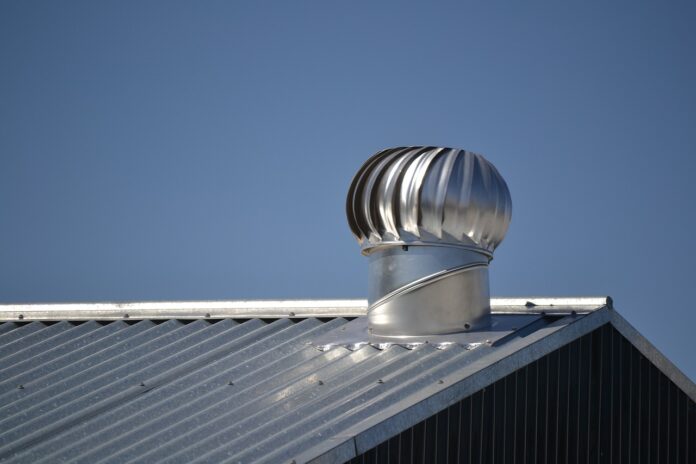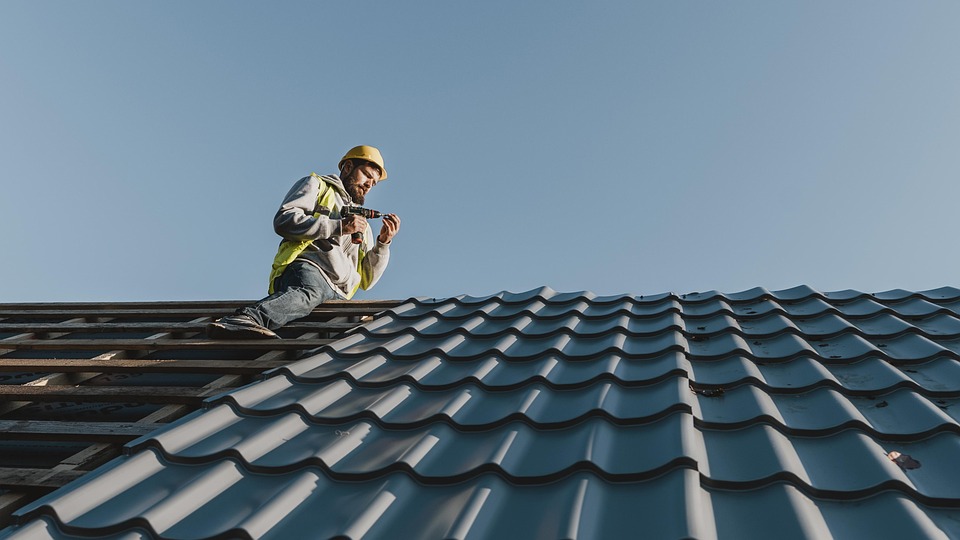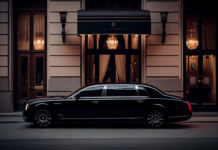When you’re navigating the complexities of commercial roofing projects, understanding the plethora of material options available can be daunting. Each type of roofing material offers unique benefits and fits different budgetary and environmental needs. This guide aims to shed light on the various types of commercial roofing materials, helping you make an informed decision that aligns with your project’s specific requirements.
Metal
Metal roofing, a durable and long-lasting option for commercial buildings, stands out for its remarkable longevity, with a lifespan extending up to 60 years. A capable commercial metal roofing company will figure out the best metal roofing solutions for specific needs ensuring safety and functionality. Composed of materials like steel, aluminum, copper, or zinc, metal roofs offer exceptional resistance to extreme weather conditions including high winds, hail, and fire. Their reflective properties can also significantly reduce cooling costs by reflecting sunlight away from the building, making them an energy-efficient choice.
Metal roofing is particularly suitable for structures requiring minimal maintenance and for those located in areas prone to severe weather. Its lightweight nature also avoids putting extra stress on the building’s structure. Opting for metal roofing is ideal when seeking a blend of durability, energy efficiency, and weather resistance in commercial projects.
EPDM
EPDM (Ethylene Propylene Diene Monomer) roofing, a synthetic rubber material, serves as a popular choice for low-slope or flat commercial roofs. Known for its impressive durability, EPDM withstands harsh weather conditions, including intense UV rays, freezing temperatures, and heavy rains, without cracking or drying out. Its elasticity allows for building movement and settlement without compromising the roof’s integrity.
EPDM roofs are also celebrated for their easy installation process, maintenance simplicity, and long lifespan of up to 35 years, making them a cost-effective solution for many businesses. Their dark color aids in heat absorption during colder months, although this can be a drawback in warmer climates by increasing cooling costs. This type of roofing presents a practical, long-lasting option for businesses looking for resilient and economical roofing solutions.
TPO
Thermoplastic Polyolefin (TPO) roofing, a single-ply membrane material, has been rapidly gaining popularity in recent years due to its numerous benefits. Here are some essential features that this solution can bring you:
* Durability
* Energy efficiency
* Flexibility
* Resistance to chemicals and oils
* Environmentally friendly
* Ease of installation
* Low maintenance
* Weldable seams
TPO roofing materials are predominantly utilized in commercial roofing applications, especially for buildings with low-slope or flat roofs. Their unique synthesis provides a lightweight, cost-effective, and durable roofing solution.
Its energy-efficient characteristics, such as its high reflectivity, help significantly reduce the building’s cooling costs. Additionally, its resistance to chemical exposure, ultraviolet light, and ozone make it a versatile option for various industrial environments, ensuring long-lasting performance and protection for commercial structures.
PVC
Polyvinyl Chloride (PVC) roofing is a premier single-ply thermoplastic membrane known for its durability and resistance to environmental factors such as chemical exposure, fire, and water. It is particularly recommended for restaurants and businesses that emit oils and fats due to its resistance to these substances. PVC roofing’s high reflectivity contributes to energy efficiency by lowering cooling costs in warmer climates.
This material is also lightweight, which makes it a practical option for adding minimal stress to the building’s structure. Businesses located in areas prone to heavy rain, or those requiring a roof resistant to chemicals and fire, will find PVC roofing an excellent choice due to its robust protective features and long-term performance.
Built-up Roofing
This is a time-tested method that involves layering several sheets of roof felts with bitumen in between, creating a thick, durable covering. Built-up roofing is ideal for flat or nearly flat roofs, offering excellent waterproofing and ultraviolet protection. BUR is known for its longevity, with lifespans that can exceed 20 years, and its ability to withstand foot traffic, making it a solid choice for buildings needing a robust, low-maintenance solution.
When durability and resistance against leaks are top priorities, especially in regions experiencing extreme weather conditions, opting for built-up roofing can be a prudent decision. Its multi-layered construction provides a level of reliability and performance that few other materials can match.
Modified Bitumen
Modified Bitumen roofing combines traditional asphalt roofing with modern technological enhancements, such as rubber or plastic polymers, improving its flexibility, durability, and temperature resistance. This blend results in a roofing material that withstands environmental challenges more effectively, including fluctuations in temperature and extreme weather conditions.
Often applied in multiple layers for added protection, modified bitumen roofs are known for their longevity, with lifespans extending up to 20 years or more. Opting for modified bitumen roofing is wise for property owners desiring a balance between traditional asphalt roofing’s proven track record and the advanced performance characteristics offered by modern materials.
In exploring the vast world of commercial roofing materials, it’s clear that the perfect solution exists for your specific needs. Whether you prioritize durability, energy efficiency, or resistance to the elements, carefully selecting from metal, EPDM, TPO, PVC, built-up roofing, or modified bitumen ensures your commercial project stands strong against time and nature. Choose wisely to protect and enhance your investment.























